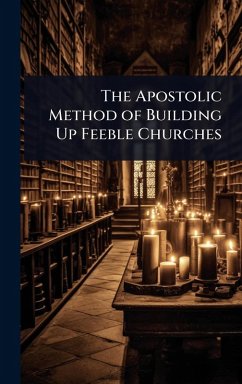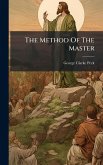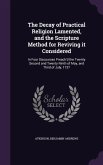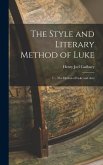The Apostolic Method of Building Up Feeble Churches explores the strategies and principles employed by the early apostles in establishing and nurturing Christian communities. This work, originally published in 1894, delves into practical approaches for strengthening fledgling churches, emphasizing the importance of evangelism, discipleship, and leadership development. It offers insights into adapting timeless biblical principles to the challenges faced by congregations in various cultural contexts. Readers interested in church history, missiology, and effective ministry practices will find this book a valuable resource for understanding and applying the apostolic model in contemporary settings. This work has been selected by scholars as being culturally important, and is part of the knowledge base of civilization as we know it. This work was reproduced from the original artifact, and remains as true to the original work as possible. Therefore, you will see the original copyright references, library stamps (as most of these works have been housed in our most important libraries around the world), and other notations in the work. This work is in the public domain in the United States of America, and possibly other nations. Within the United States, you may freely copy and distribute this work, as no entity (individual or corporate) has a copyright on the body of the work. As a reproduction of a historical artifact, this work may contain missing or blurred pages, poor pictures, errant marks, etc. Scholars believe, and we concur, that this work is important enough to be preserved, reproduced, and made generally available to the public. We appreciate your support of the preservation process, and thank you for being an important part of keeping this knowledge alive and relevant.
Bitte wählen Sie Ihr Anliegen aus.
Rechnungen
Retourenschein anfordern
Bestellstatus
Storno








![Contemplations And Meditations On The Passion And Death Of ... Jesus Christ, According To The Method Of Saint Ignatius, Tr. From [mÃ(c)ditations Selon La MÃ(c)thode De St Ignace] By A Sister Of Mercy, Revised By A Priest [f. Hathaway] Contemplations And Meditations On The Passion And Death Of ... Jesus Christ, According To The Method Of Saint Ignatius, Tr. From [mÃ(c)ditations Selon La MÃ(c)thode De St Ignace] By A Sister Of Mercy, Revised By A Priest [f. Hathaway]](https://bilder.buecher.de/produkte/74/74675/74675039m.jpg)